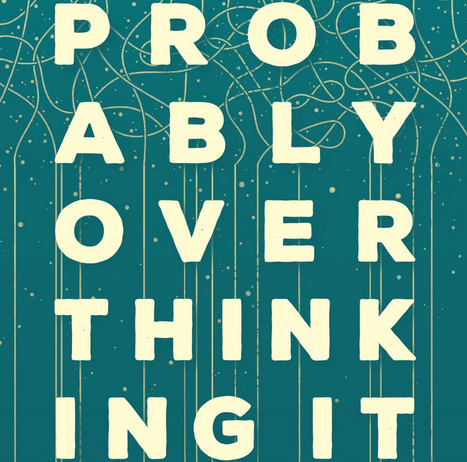What does a confidence interval mean?

🌈 Abstract
The article discusses the meaning and interpretation of confidence intervals, a common statistical concept. It explores the frequentist perspective and its limitations, and proposes an alternative interpretation that is more practical and meaningful.
🙋 Q&A
[01] What does a confidence interval mean?
- The conventional frequentist interpretation of a confidence interval is that if the process of computing the interval is repeated many times, 90% of the intervals will contain the true population parameter.
- However, this interpretation is flawed as it implies that once the interval is computed, the probability of it containing the true parameter is either 0% or 100%, but we can never know which.
- The article argues that this frequentist interpretation is too restrictive and that it is reasonable and meaningful to say that a specific 90% confidence interval has a 90% chance of containing the true parameter.
[02] Practical problems with confidence intervals
- As sample size increases, variability due to random sampling decreases, but other sources of error like measurement error and sampling bias become more significant.
- This means that even though a confidence interval may be very precise, it may not accurately reflect the true population parameter due to these other sources of error.
- The best interpretation of a confidence interval is that it quantifies the precision of the estimate, but says nothing about its accuracy.
Shared by Daniel Chen ·
© 2024 NewMotor Inc.